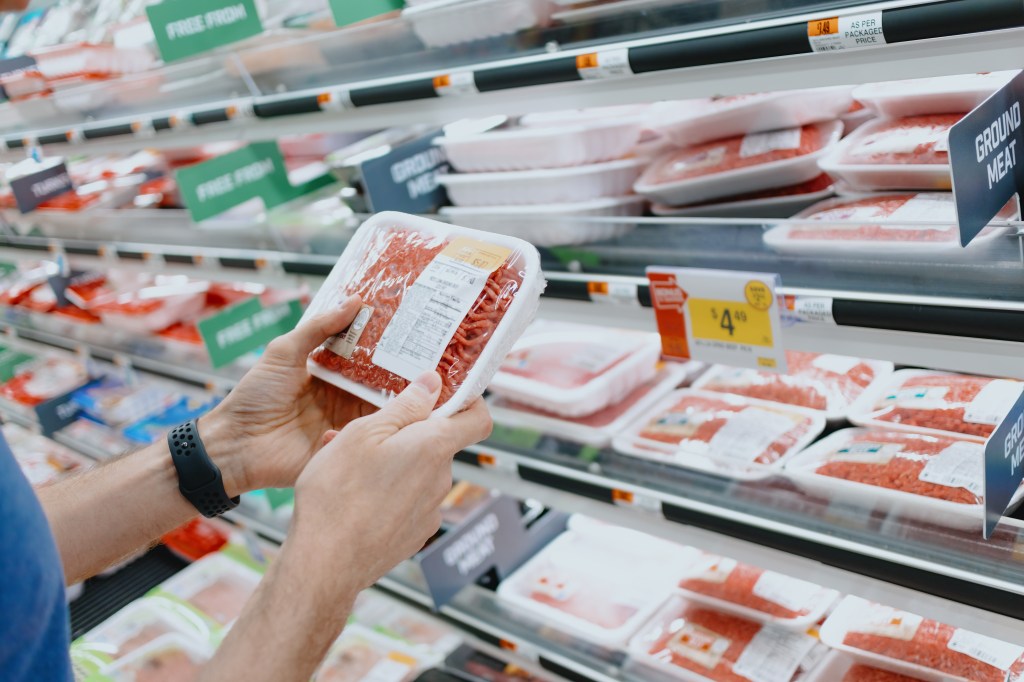'Food for Thought' Report
Understanding the cycle of food insecurity
In recent years, economic factors and shifting consumer purchasing habits due to COVID-19, have driven grocery store chains out of many cities, resulting in fewer locations and/or alternative store formats with limited selection.
Food deserts are most commonly found in low-income areas that are disproportionately Black and Brown communities. Wealthy and predominantly white neighborhoods in the U.S. have three times more supermarkets than poor ones. The cycle of food insecurity persists, as these store closures result in job losses in low-income areas, further driving unemployment rates up and limiting opportunities for the residents.
Healthy eating proves costly
This vicious cycle is further exacerbated by the simple fact that nutritious food is expensive, and the higher cost of healthy foods often put them out of reach for many lower income families.
According to NielsenIQ data, the average price of healthier food options is higher than that of less healthy food options. For example, a 16-ounce package of strawberries is $3.01, whereas a 16-ounce container of ice cream averages $1.52.
The consequences of restricted access to healthy food are long-term. The Black and Brown population suffer from statistically higher rates of obesity, type-2 diabetes, cardiovascular disease, and other diet-related conditions than the general population. Assortment improvements can be made to ensure an array of healthy and affordable options are available in stores.
Advancing corporate citizenship
These challenges present manufacturers and retailers with an opportunity to bring awareness to food inequity with the intent to solve it. Doing so will not only help to make food accessible to millions of struggling Americans, but will also win the hearts and minds of consumers who care.
Read our latest report to explore a detailed analysis of where food deserts exist, which demographics are impacted the most, and how the right solutions can help brands attract today’s modern consumers.



